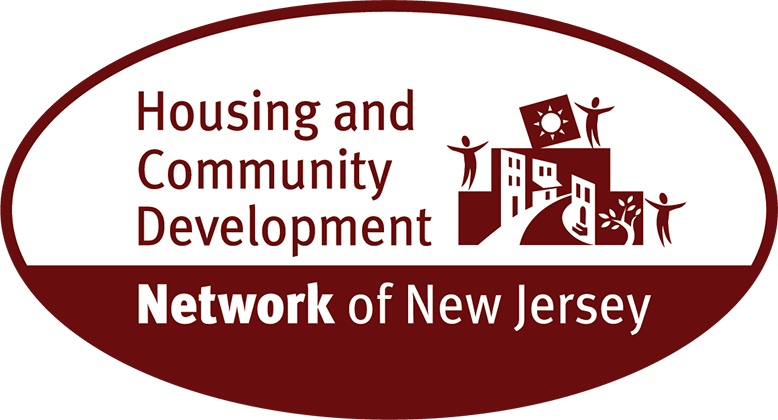|
NJ Affordable Home Supply Insufficient, National Study Finds 3/10/2020 There is a shortage of 217,640 affordable and available rental homes for the 301,079 extremely low income (ELI) renter households in New Jersey according to The Gap: A Shortage of Affordable Homes. Released today by the National Low Income Housing Coalition (NLIHC) and the Housing and Community Development Network of New Jersey (the Network), the report shows how difficult it is for NJ’s low income renters to find homes that are affordable in the current rental market. “Our housing market has been severely imbalanced for far too long but measures are finally underway that are going to help us make our state a place everyone can afford to call home,” said Staci Berger, president and chief executive officer of the Network. “Under the Murphy Administration, investments are being made to create affordable homes. Last week’s launch of the Special Needs Housing Subsidy Loan Program comes on the heels of the news that for the second year in a row, the Affordable Housing Trust Fund will be fully funded in the state budget. This will help us build a thriving NJ.” The Gap finds a home shortage of nearly seven million affordable and available rental homes for our nation’s extremely low-income renter households, those with incomes at or below the poverty level or 30 percent of their area median income who happen to make up one quarter of all renters. There are just 33 affordable and available rental homes for every 100 ELI renter households in NJ, below the national average of 36. Seventy-two percent of the poorest renter households in NJ are severely housing cost-burdened, spending more than half of their incomes on housing, with little left over for other basic necessities. Without public investment, the private market is virtually never able to produce new rental homes affordable to people with the lowest incomes. A widespread belief is that private-sector rental homes “filter down” to lower-income households as they age and as new properties are developed for higher-income households. But the filtering process rarely results in rental homes inexpensive enough for the lowest-income renters to afford. When rents get too low to cover basic operating costs and maintenance, property owners in weak markets have an incentive to abandon the properties and those in strong markets to redevelop them to charge higher rents. “Our home impacts every aspect of our life – when we are affordably housed, we are healthier, our children do better in school, we earn more over our lifetimes, we even live longer. Affordable and accessible housing is a fundamental need, but far too many of the lowest income renters in our country struggle to pay the rent,” said Diane Yentel, NLIHC president and CEO. “The housing crisis does the greatest harm to people of color. Black and Latino families are more likely than white people to be severely rent-burdened and to experience evictions and homelessness, the result of centuries of structural racism that systematically and purposefully excluded people of color from equal access to housing, community supports, and opportunities for economic mobility. The findings of this report make clear: housing justice and racial justice are inextricably linked.” For additional information, visit: https://nlihc.org/gap About the Housing and Community Development Network of NJ For more information: |













